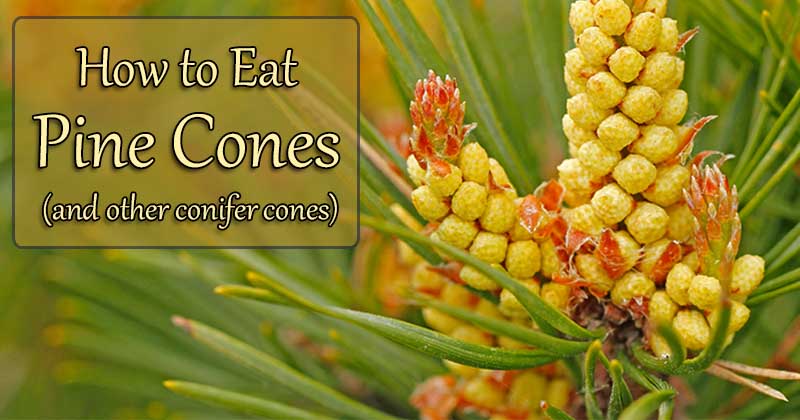Lots of parts of pine trees – including the tips, inner bark and needles – are edible. What a lot of people don’t realize is that pine cones are also edible. However, you can’t exactly eat the woody cone that you’d use for making holiday decorations. Here’s what you need to know about eating pine cones and other conifer cones.
How to Forage Conifer Cones
The first thing you need to know about eating pine cones (and other conifer cones) is that there are both male and female cones. Generally, you want to eat the male cones. They are softer and produce pollen, which is a superfood in its own right.
Pollen from male cones blows to the female cones, which then produce seeds inside. After releasing their pollen, the male cones dry up but the females keep growing. Thus, the season for foraging conifer cones is pretty short. It depends on the region and species, but you’ll need to gather male cones in March or early April.
Male cones tend to be clustered on the lower branches. Female cones are higher up where animals can’t get to them. There are exceptions to this though.
Also read:
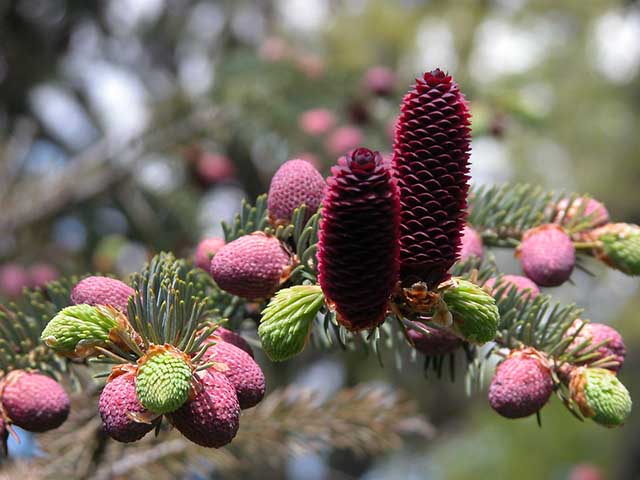
Is It Safe to Eat Pine Cones?
Yes, it is safe to eat pine cones and they actually have many health benefits. However, female cones quickly become woody and difficult to digest. You can roast or boil them to make them softer but they will still be hard on the digestive system. For this reason, it is only recommended that you eat immature male cones.
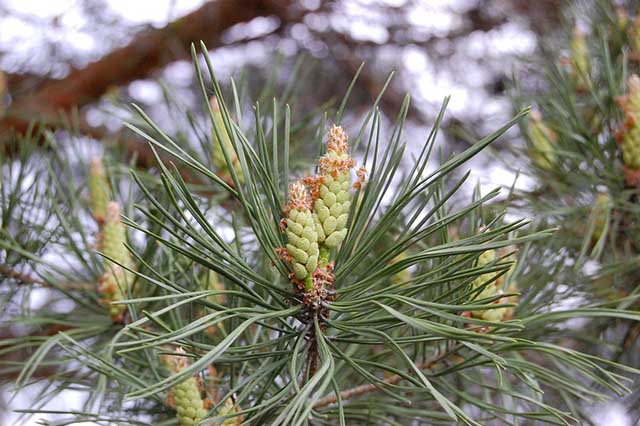
Can I Eat Other Conifer Cones?
Most other conifer cones are also edible. Spruce cones are my personal favorite. They are very tender and less resinous than pine cones. Fir tree cones are usually tender like spruce cones, so should be good to eat – but I personally haven’t tried these so can’t attest to their taste.
Note that there are a few species of conifers which are potentially toxic and should not be eaten. The most dangerous of these is the yew (Taxus baccata), but its “cone” looks more like a berry, so it is pretty easy to identify. Ponderosa pine might cause abortion in pregnant women and some pine lookalikes (Norfolk Island pine and Yew pine) might be toxic.
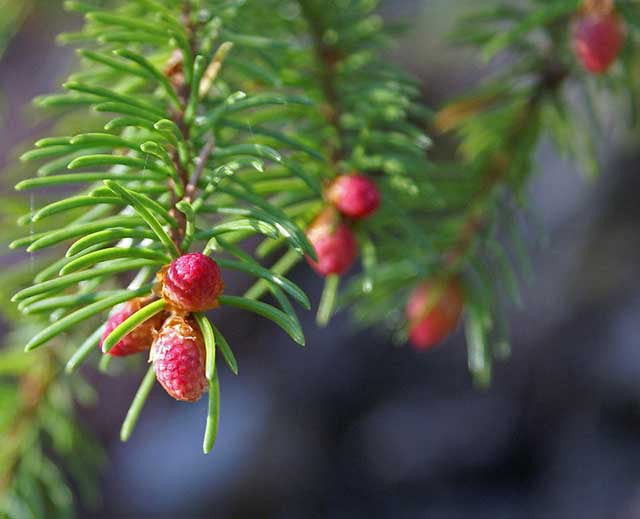
What Do Pine Cones Taste Like?
Each conifer species has its own distinct taste, but most are resinous and slightly citrusy. Even young pine cones can be fairly bitter. Spruce cones tend to have a milder taste with less bitterness and are quite tasty.
Tips for Eating Conifer Cones
Taste test the cones first.
Each species has its own flavor and you might not like some. You wouldn’t want to gather an entire bag of cones only to realize they are disgusting. So, I always taste-test a few cones from the tree before gathering.
Remove the husks.
Sometimes a bit of the papery husk will still be attached to the bottom of the cone. This is safe to eat but gets stuck in your teeth and ruins the texture. So pull them off.
The cones from my spruce tree usually also have a bit of paper-like coating around them. Again, it’s safe to eat but not pleasant. You can rub these off with your fingers but it will take a while. Instead, I use this method: I will put the cones in a plastic Tupperware container with the lid on. Then I give the container a good shake. The papery stuff will fall off.
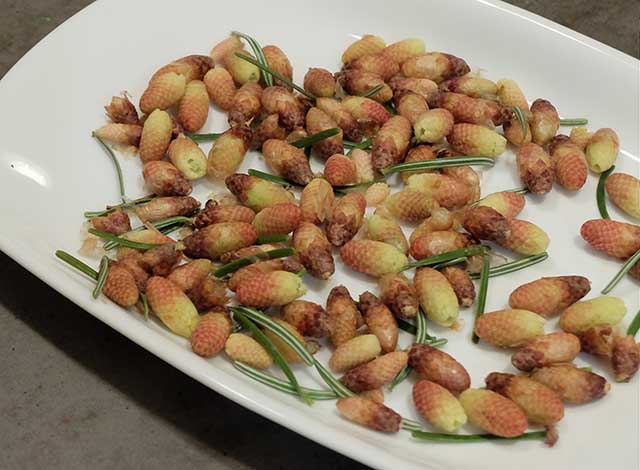
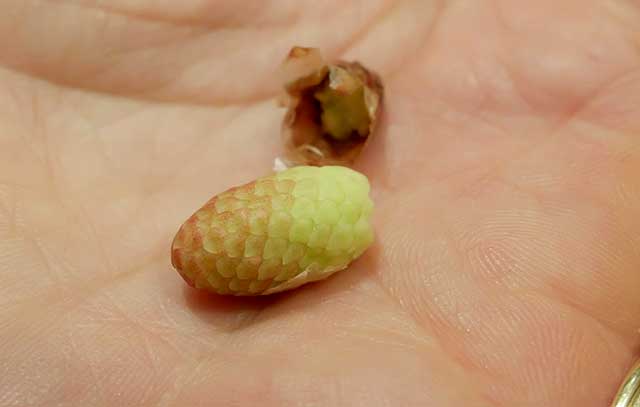
Eat with lemon.
You can eat conifer cones raw or cooked. They have a pretty strong taste though and it doesn’t pair well with everything. I’ve found it works best with dishes that contain lemon, like a salad with a good lemon vinaigrette.
See this recipe for lemony pasta with spruce cones.

